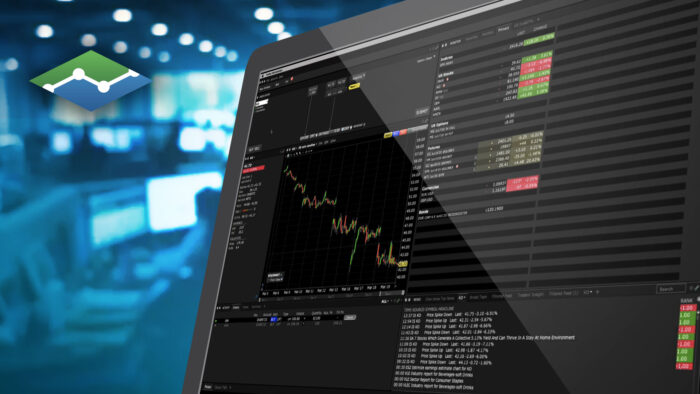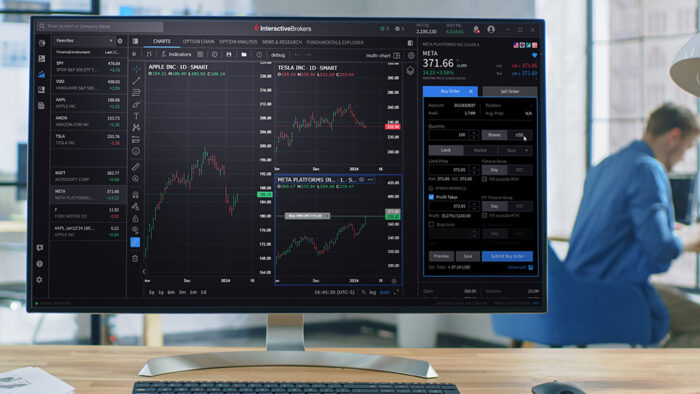Study Notes:
Recognizing growth stocks is a critical aspect of investing, as it allows investors to capitalize on companies that are expected to grow at a faster rate than the overall market.
By analyzing key financial ratios such as revenues, cash flow, price-to-earnings (P/E), price-to-sales (P/S), and the price/earnings-to-growth (PEG) ratio, investors can gain insights into a company’s valuation, growth prospects, and potential for future profitability.
Let’s explore some of these ratios and decipher why they are important?
Understanding Valuation
Ratios provide a view of a company’s valuation by considering both its earnings growth and price-to-earnings ratio. The PEG ratio is calculated by dividing the P/E ratio by the growth rate of its earnings for a specified time period.
A PEG of 1 or less is typically considered to indicate that the company is undervalued, while a PEG above 1 suggests overvaluation.
Comparing Across Sectors
The PEG ratio can be used to compare companies in different sectors with varying earnings growth rates, offering a broader perspective on valuation.
Let’s consider a hypothetical US technology company, AcmeTech, as an example. AcmeTech has a P/E ratio of 20, indicating that investors are willing to pay a premium for its stock. However, the company has an expected earnings growth rate of 30% over the next three years. This results in a PEG ratio of 0.67, suggesting that AcmeTech’s stock may be undervalued relative to its growth prospects.
Price-to-Sales (P/S) Ratio
Price to Sales divides a stock’s market capitalization by total sales over the past 12 months, providing a measure of how much investors are paying for every dollar in annual sales. A low P/S ratio can indicate a company is undervalued, especially if it’s cyclical or has no earnings.
Calculate Historical Earnings Growth
Determining the expected earnings growth rate of a company involves analyzing its historical earnings and projecting future growth based on various factors. Here’s a step-by-step guide on how to calculate the expected earnings growth rate:
Start by calculating the company’s historical earnings growth rate. This is done by comparing the earnings per share (EPS) from one period to the next.
Analyst Estimates
For a more forward-looking perspective, use analyst estimates. These can be found in TWS’ Fundamental Explorer. These estimates often cover a period of up to five years and provide an annualized growth rate. For instance, if analysts predict a 10% annual earnings growth, this would be the expected growth rate for the PEG ratio calculation.
Consider Company-Specific Growth Factors
It’s also crucial to consider company-specific growth factors, such as new product launches, market expansion, or cost-saving initiatives, which can influence future earnings growth. These factors should be evaluated alongside the historical growth rate and analyst estimates to get a comprehensive view of the company’s growth potential.
Investors should not rely solely on ratios but should also consider other financial metrics and factors such as the quality of earnings, cash flow, profit margins, and to ensure that the earnings growth is sustainable.
Additionally, it’s key to compare a company’s valuation metrics with those of its industry competitors and consider the future growth potential of a company, rather than solely relying on past performance.
By considering and applying these financial ratios, expected earnings growth rate, analyst estimates and evaluating company-specific growth factors, investors may identify growth stocks and potentially capitalize on future growth opportunities.










